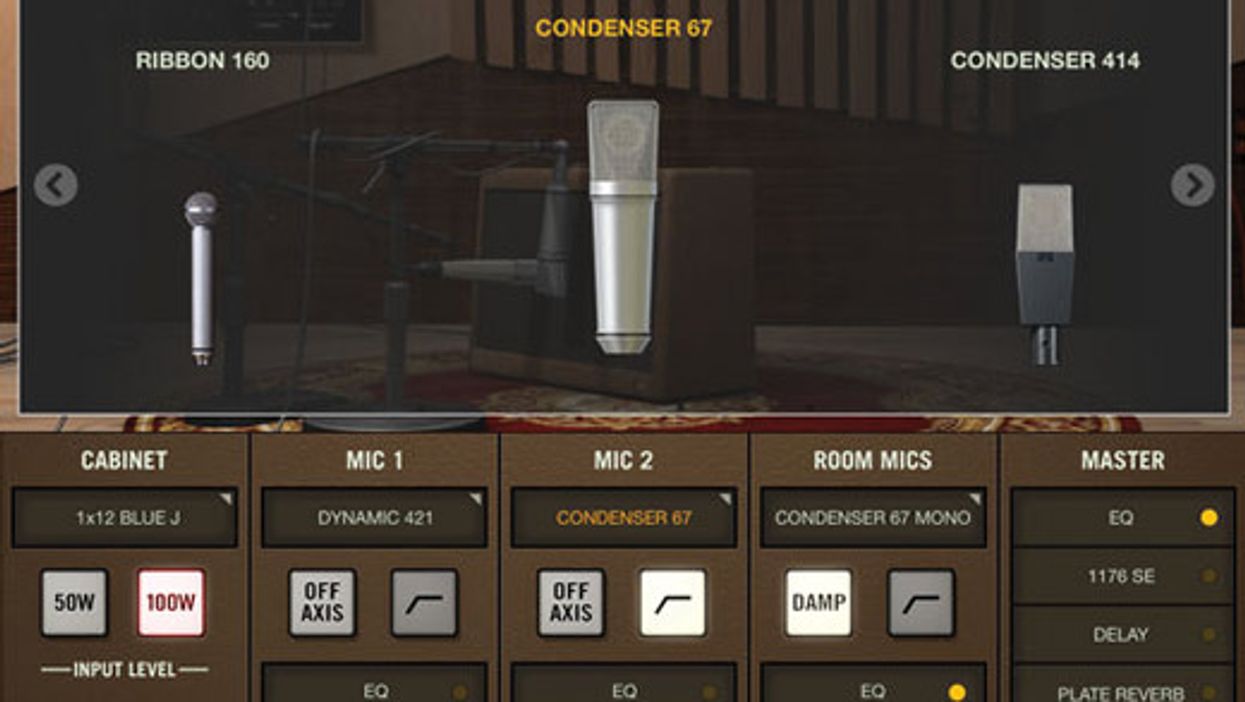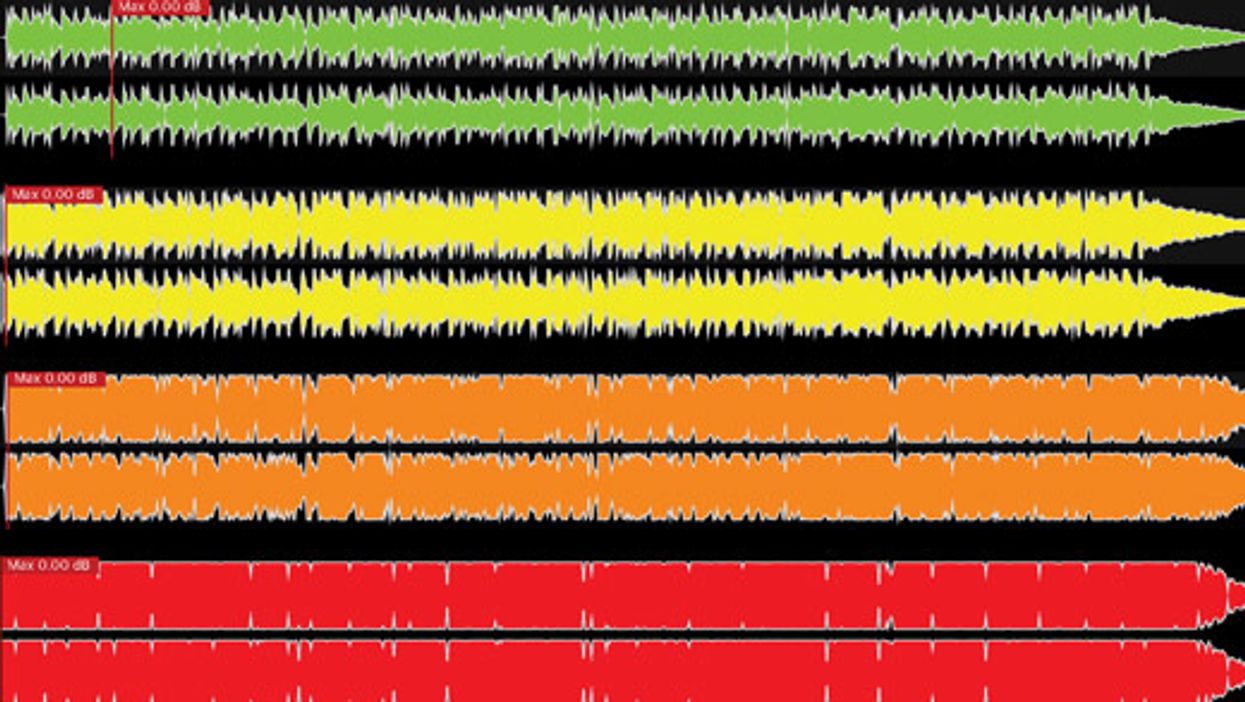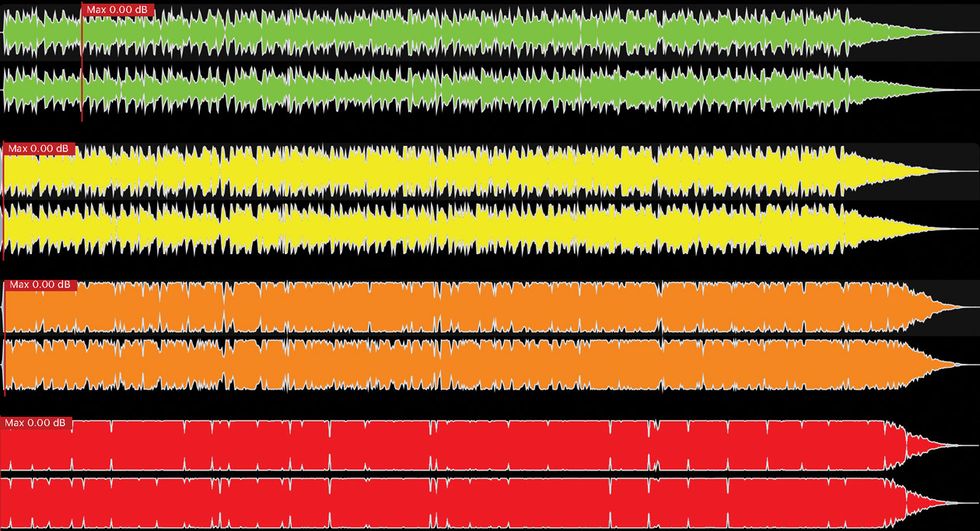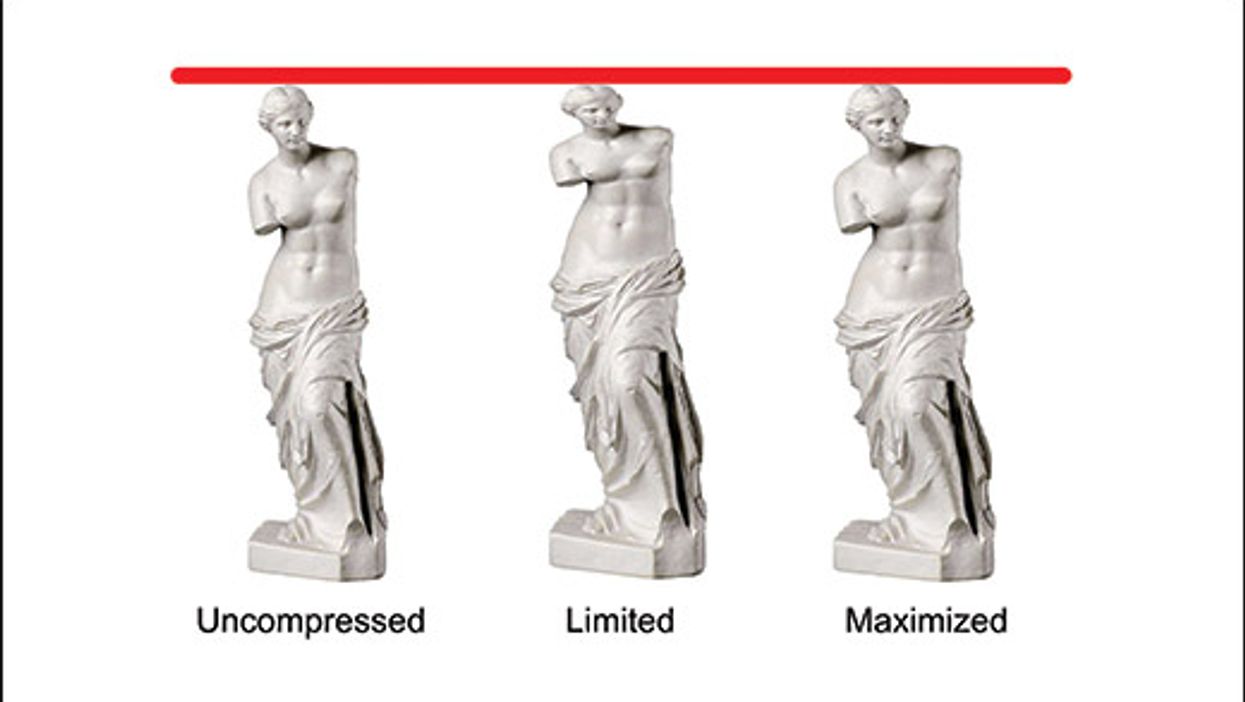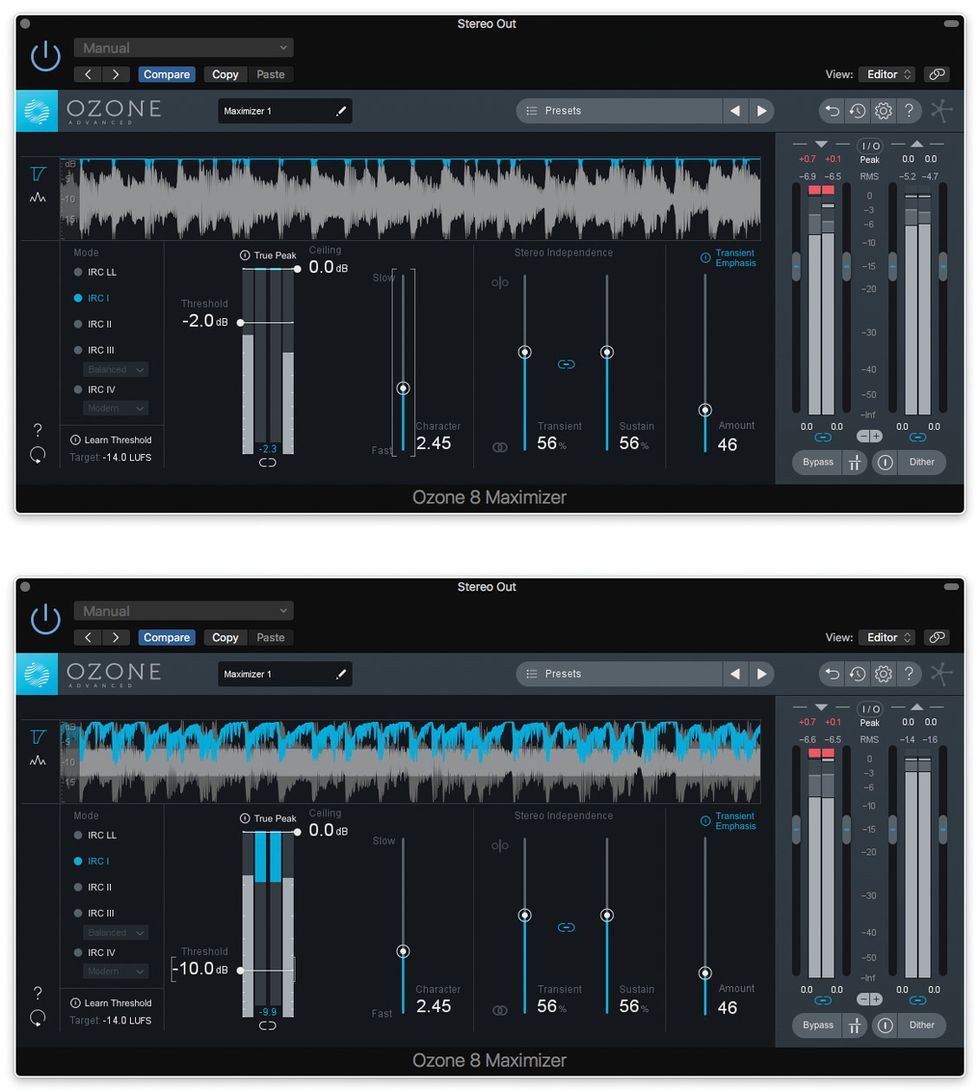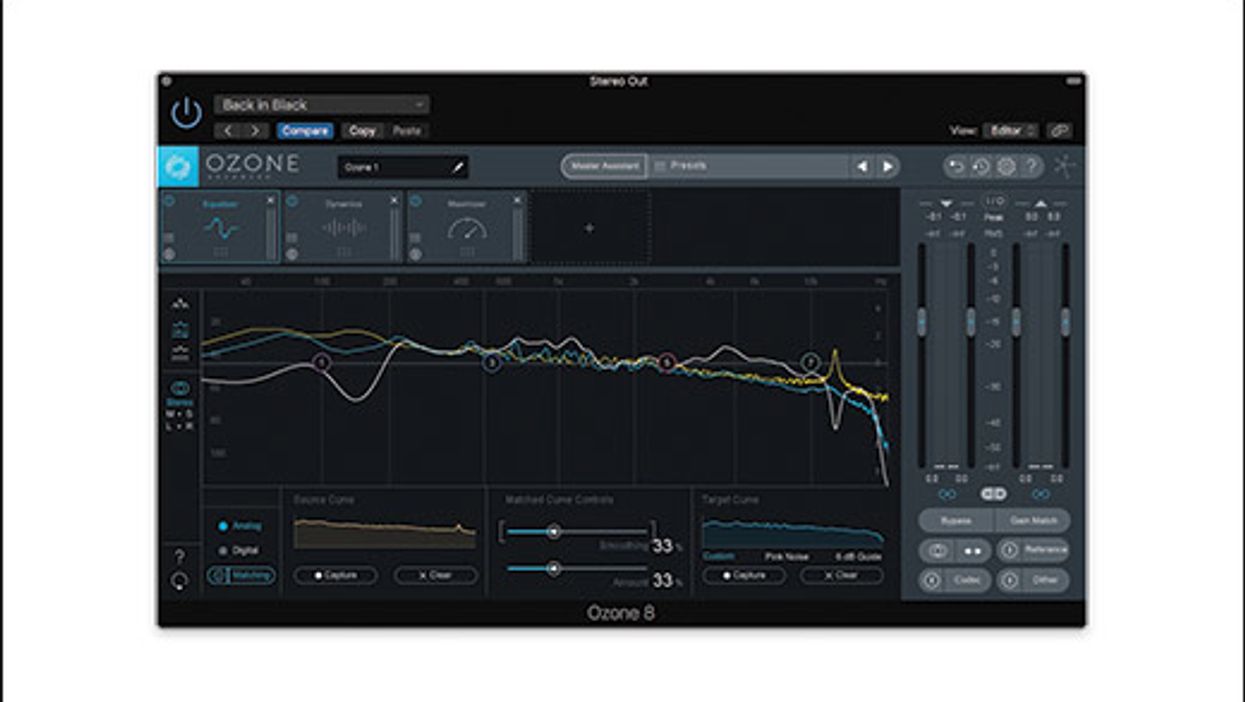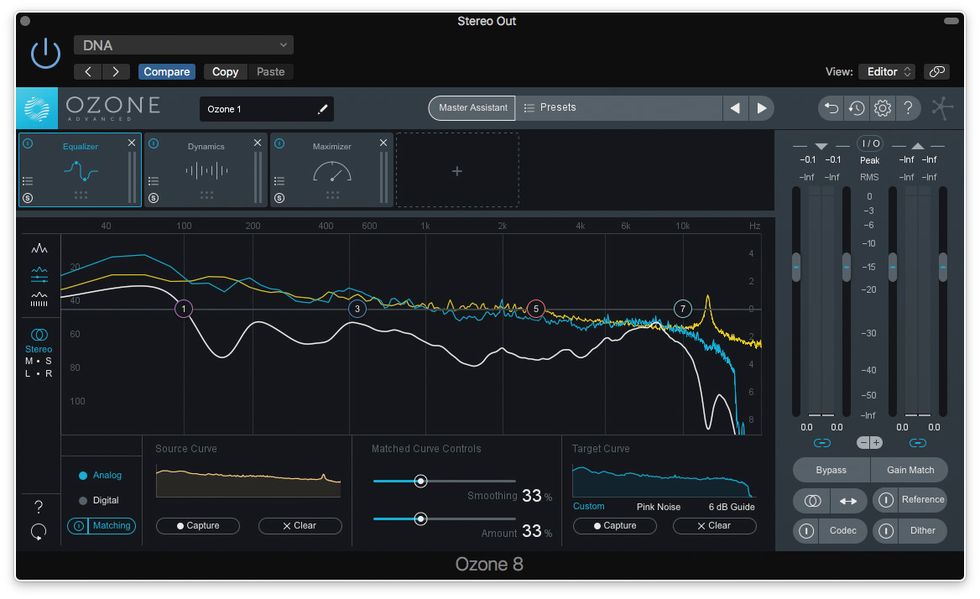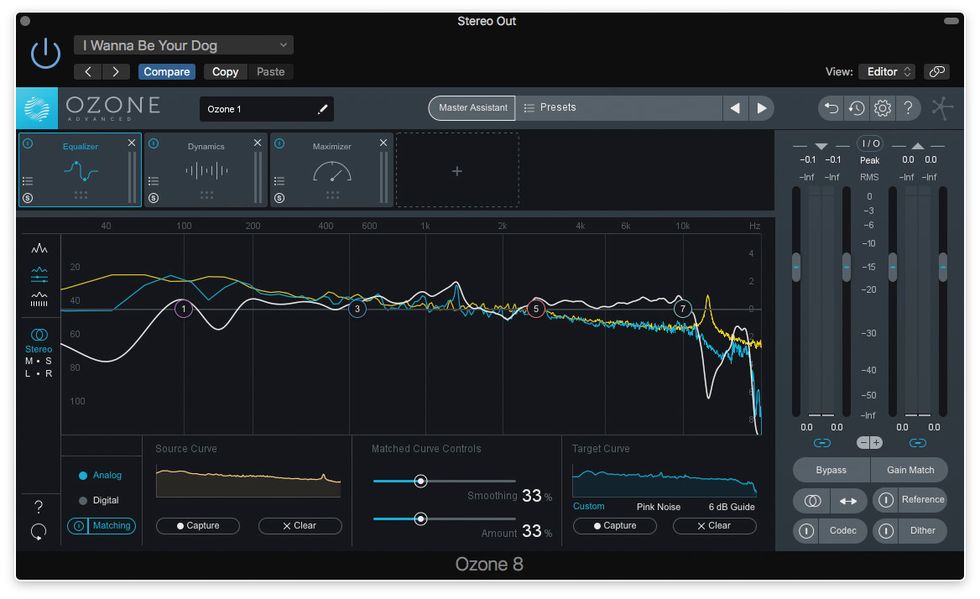Many modern players are smitten with the quirky, warts-and-all character of pre-digital delays. Partly, that’s nostalgia. It’s fun to clone Scotty Moore’s rockabilly slap or David Gilmour’s spatial grandeur.
But there’s more to it than looking backwards, I think. While pre-digital delays were designed to mimic the effect of playing in reverberant spaces, the results rarely sound realistic in the way that, say, digital hall reverb algorithms can sound like actual rooms. Much of their charm lies in their “not found in nature” artificiality. This sonic character can convey many emotions: warmth or iciness, spaciousness or claustrophobia, relaxation or tension, and more.
or tension, and much more.
This column and my next one are about crafting faux-analog delays, especially unconventional ones. I’ve used SoundToys’ EchoBoy plugin throughout. But while EchoBoy is powerful and versatile, you can try these techniques with many delay plug-ins or with relatively sophisticated delay stompboxes that feature tone controls in addition to the usual time, feedback, and mix knobs.
Analog Artifice. Let’s start by faking analog sounds. Old tape, oilcan, and bucket brigade delays aren’t very good at reproducing higher frequencies, and the treble content diminishes with each echo. Check out Ex. 1, with its relatively hi-fi delay tone.
Ex. 2 is the same recording, but with much treble removed. I’ve also added distortion using EchoBoy’s saturation control. (Don’t worry if your delay doesn’t have a distortion setting. Next month we’ll see how to add distortion to delay using separate delay and overdrive plug-ins.) Image 1 shows the settings.
You can hear the same properties in Scotty Moore’s definitive rockabilly slap on Elvis Presley’s classic “Mystery Train.”
Ex. 3 uses a small tweed amp model and a similar delay setting to approximate the dark, somewhat distorted sound of Moore’s Echosonic, an amp with built-in tape echo. For a similar sound, cut lots of delay treble, turn the feedback control to zero (just one echo), and add a touch of distortion if possible. Try delay times between 100 and 150 milliseconds, depending on the song’s tempo.
That rockabilly slap is a great sound, but for better or worse, a familiar one. So let’s explore some cool alternatives.
Echoes of Africa. Tape delay was a popular sound for African guitarists from the late 1960s through the ’70s. It adds a lovely liquid fluidity to the pretty arpeggios and double stops of Central African pop guitar playing. Here's a fine example, “Malala,” by the great Congolese guitarist Nicolas Kasanda (better known as Docteur Nico), one of the creators of the guitar-driven rumba-rock style later known as soukous.
It’s a brighter tape sound, with a longer delay time and two or three echoes rather than single slap. Here it sounds like le Docteur is playing through an amp. But many guitarists from Africa—a continent rich in music, but poor in gear—recorded directly into the mixing board, adding tape delay to their squeaky-clean tones. In Ex. 4 I bypassed the amp model for a similar effect. Image 2 shows my EchoBoy settings, with a delay time of 285 milliseconds, some high and low cut (but not as dark as the rockabilly sound), and lots of simulated tape saturation.
It sounds a little chaotic soloed like this. But somewhat counter-intuitively, the rhythm seems more coherent when you add bass, drums, and dry-toned backing guitars, as in the Dr. Nico example. This musical style often features three or four guitars, and the echo on the lead guitar helps it stand out as the solo instrument.
Image 2
Authoritative Echo. Here’s a slapback variation I call “the Great Dictator,” because it makes me think of some autocrat addressing a stadium full of followers, with a hard, steely echo bouncing off of reflective concrete surfaces. For this sound I keep the treble strong, cut some bass, add modest distortion, set a delay time of about 250 ms, and select a low feedback setting—maybe two or three echoes. [Ex. 5.]
Again, it can seem rhythmically chaotic. But if you dial back the wet level, you get a spacious sound that stands out against backing instruments, as in Ex. 6.
Now let’s introduce a new idea: subtlety! A not-so-secret trick among pop producers is to add a single short echo to lead vocals, in addition to reverb and other effects. The echo can be nearly subliminal, yet it helps a lead vocal (or a guitar!) stand out in a mix. The lead guitar that enters at 00:07 in Ex. 7 is as present as a poke in the nose, even though the track has generous amounts of spring reverb.
Ex. 8 adds a touch of echo on the lead part, paradoxically helping the sound blend into the mix and command centerstage.
This time I didn’t add the delay effect directly to the guitar’s channel strip, but placed it on an aux bus. Routing the sound this way opens up many more sonic possibilities—ones we’ll explore next month!




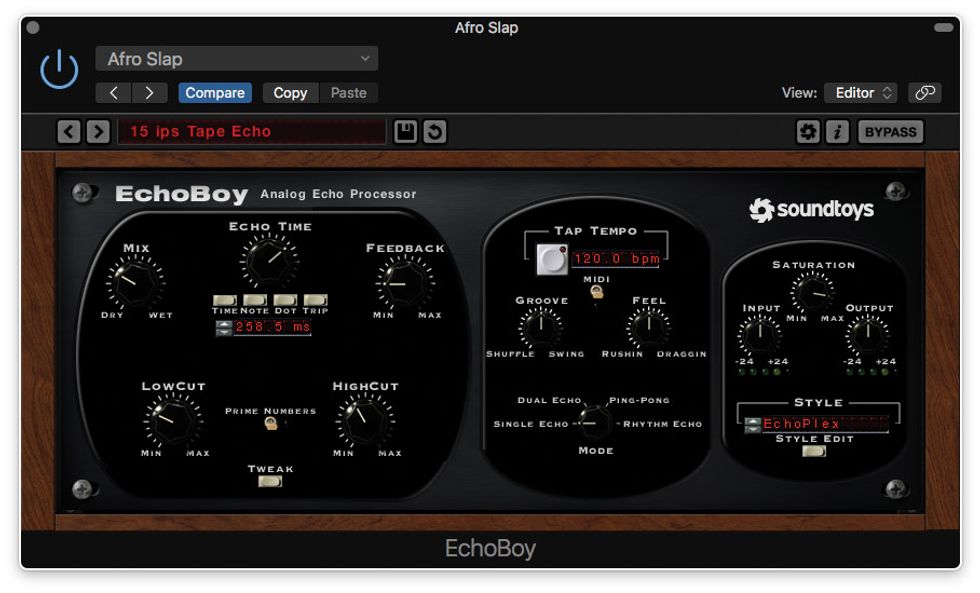




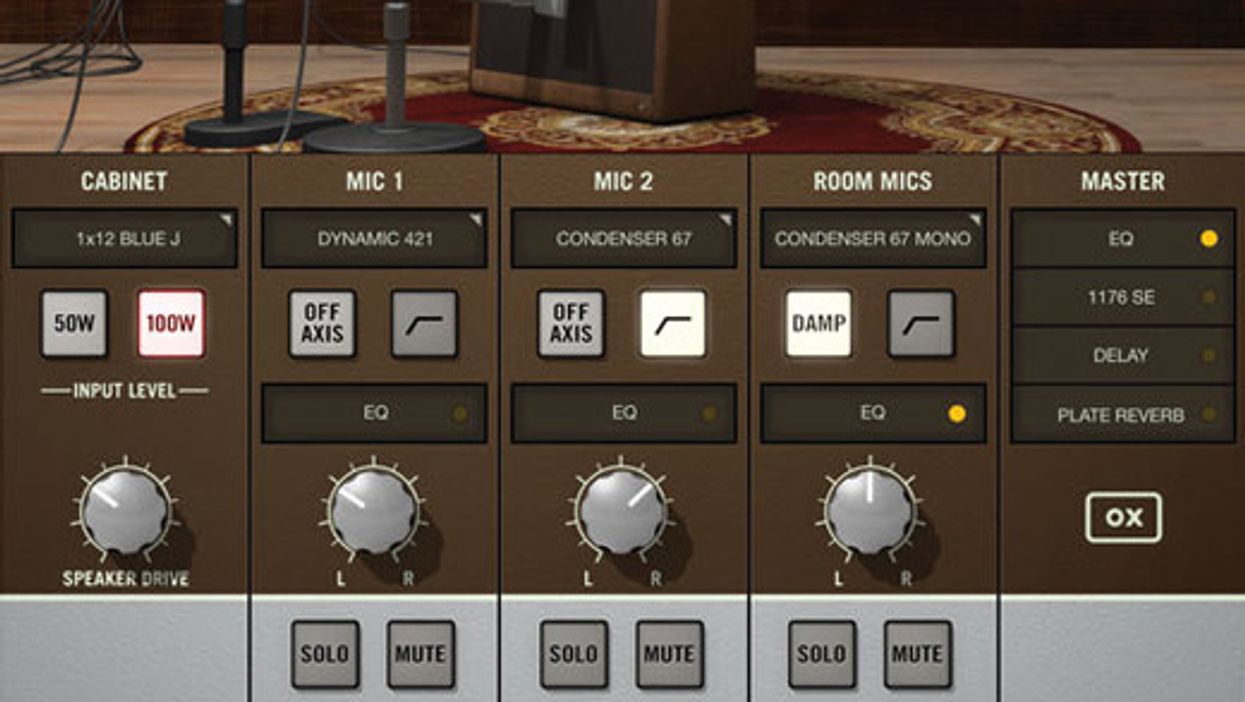

![Rig Rundown: Russian Circles’ Mike Sullivan [2025]](https://www.premierguitar.com/media-library/youtube.jpg?id=62303631&width=1245&height=700&quality=70&coordinates=0%2C0%2C0%2C0)




